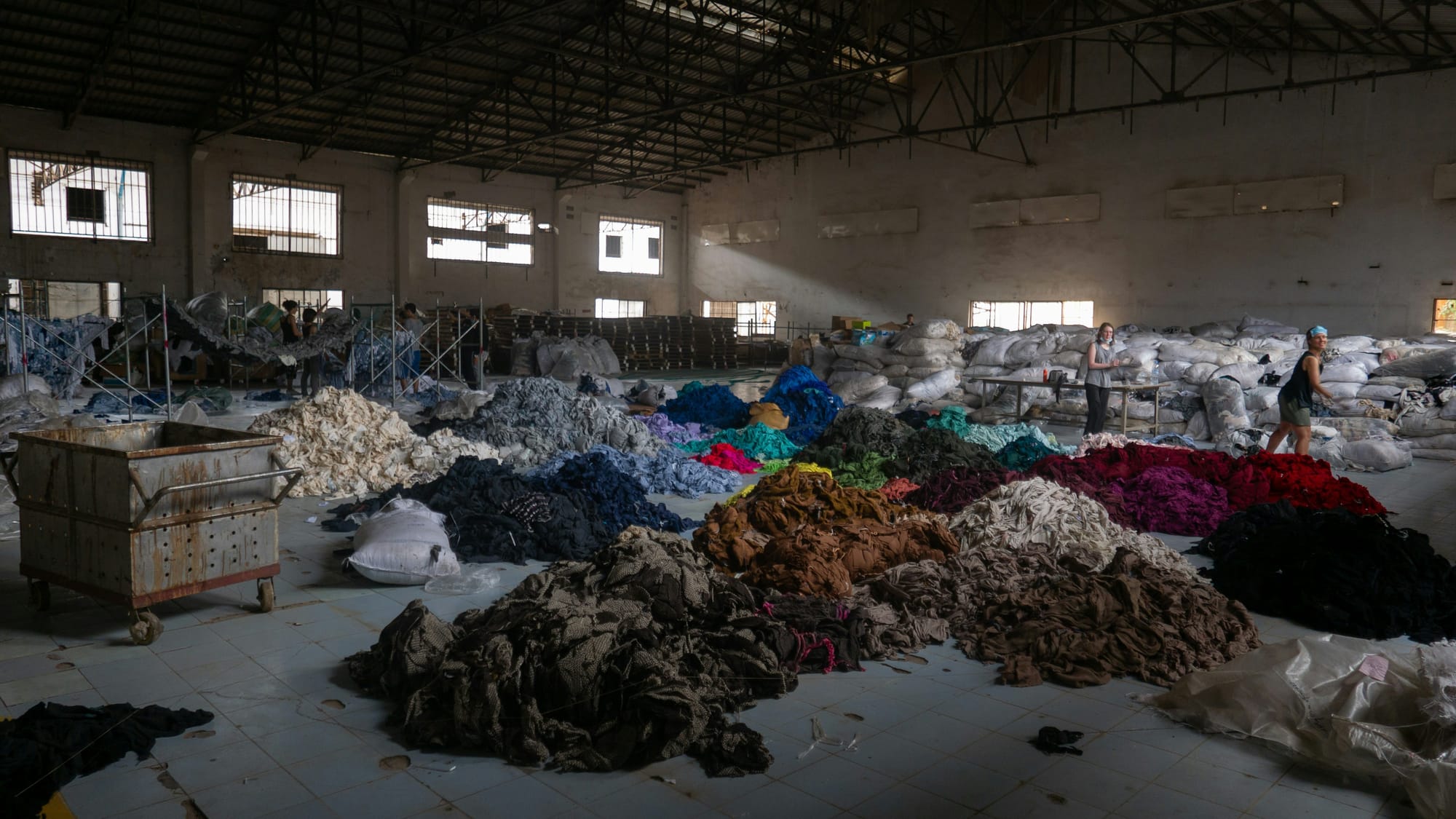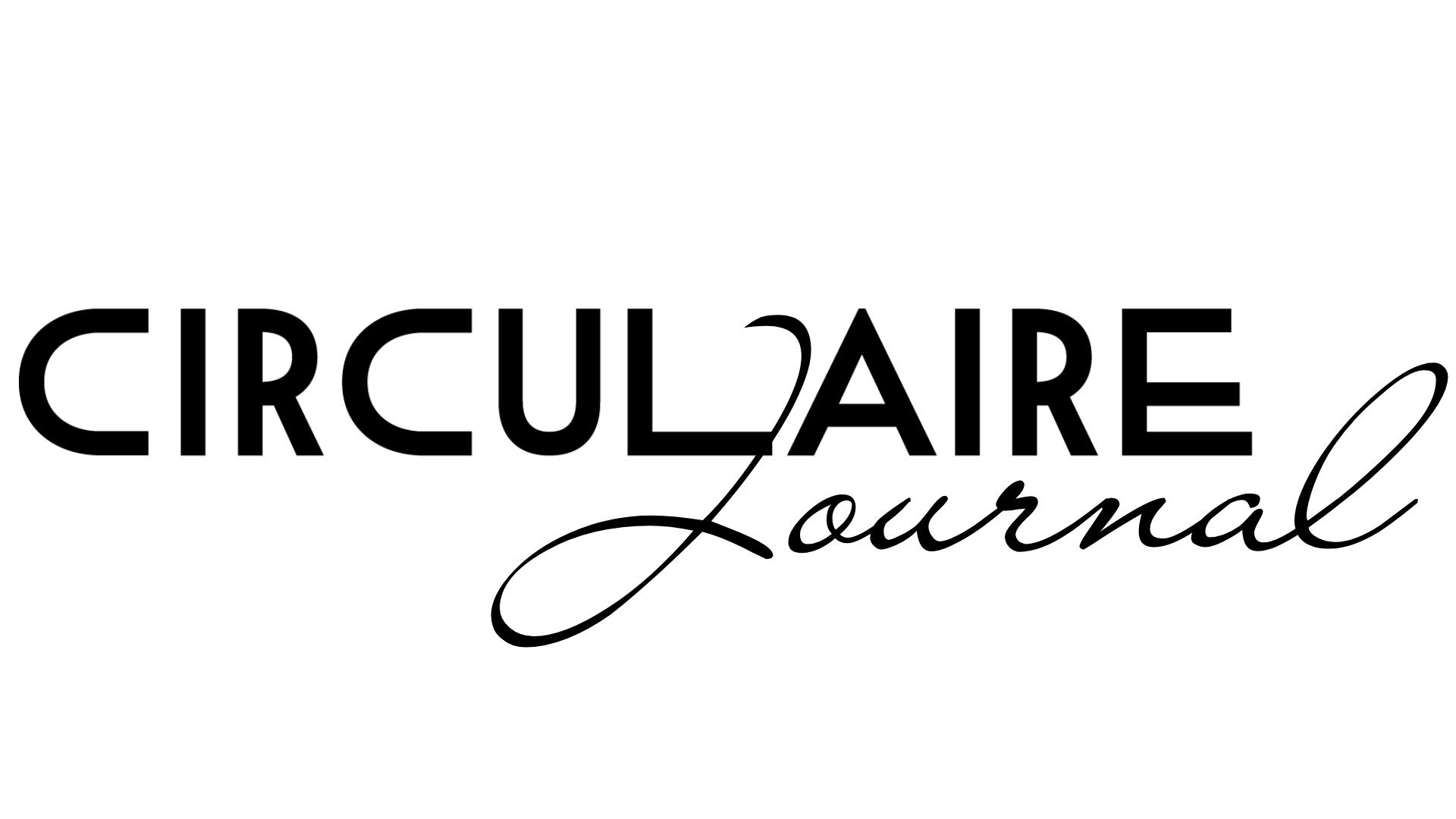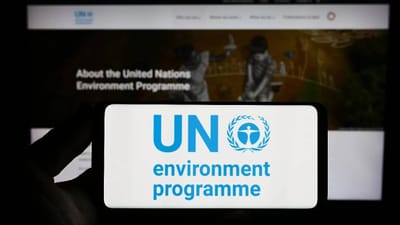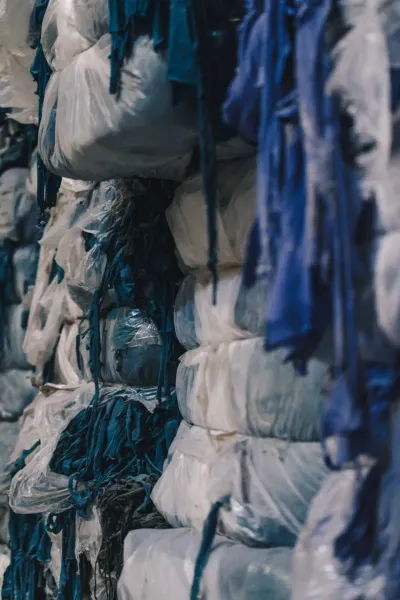As the fashion industry enters 2025, sustainability is no longer an option but an essential requirement—yet challenges remain. The State of Fashion 2025 report by Business of Fashion (BoF) and McKinsey provides a comprehensive look at the sustainability landscape in fashion, addressing the complexities and urgencies that brands must navigate in the pursuit of a more sustainable future. With the impacts of climate change intensifying, and as governments and consumers demand more accountability, the report outlines both the barriers and breakthroughs in making fashion more environmentally friendly.
Climate Crisis Drives Need for Responsible Innovation
Fashion’s carbon footprint remains substantial, with production and supply chains contributing to greenhouse gas emissions, water waste, and pollution. BoF and McKinsey highlight that despite public commitments to sustainability, achieving genuine impact remains challenging for many brands. “A fragmented supply chain and consumer reluctance to pay for sustainable products create inherent barriers to achieving the sector’s goals,” the report observes. Yet, doing nothing is no longer viable, as regulatory pressures and the rising costs associated with climate-related risks are forcing the industry to act.

The report details that over 70% of fashion’s emissions originate from “upstream” processes like textile production, underscoring the importance of green innovations in raw materials and manufacturing. An industry leader quoted in the report notes, “Fashion cannot afford to view sustainability as a separate business segment—it has to be fully integrated into operations, from sourcing to production to the consumer's closet.”
Diversified Sourcing: Building Resilient, Sustainable Supply Chains
Shifting global trade dynamics, along with sustainability concerns, have prompted brands to diversify sourcing regions and focus on shorter, more localised supply chains. Many brands are now investing in nearshoring—sourcing materials closer to the point of sale—to reduce the carbon impact of transportation. For instance, the report notes a 20% increase in foreign direct investment in nearshoring regions for U.S. and European apparel between 2019 and 2024, driven by a need for more resilient, agile, and sustainable supply chains.
The report also calls attention to the importance of ethical labour practices and environmental considerations within these new sourcing regions. Countries such as Bangladesh are implementing renewable energy initiatives, aiming for 40% of their power to be derived from renewable sources by 2041. This pivot is crucial for brands striving to reduce emissions throughout their supply chains. “Nearshoring is not just about cutting transportation emissions; it’s about aligning with regions that support renewable energy and sustainable practices, which creates a foundation for future resilience,” says one expert quoted in the report.

Waste Reduction: Moving Beyond Overproduction and Excess Inventory
Inventory management has become a sustainability focal point in fashion, as overproduction remains a costly and environmentally damaging issue. According to The State of Fashion 2025, the fashion industry produced an estimated 2.5 to 5 billion surplus items in 2023 alone, valued between $70 billion and $140 billion. This surplus contributes to waste and inefficiencies across the value chain, with negative environmental impacts.
BoF and McKinsey argue that advanced data analytics and AI-driven tools can help brands better forecast demand, minimising overproduction and cutting down on waste. AI-powered demand forecasting, for example, allows for more accurate production cycles, aligning supply with actual demand. “Brands that succeed in managing inventory efficiently will not only boost their bottom line but also build stronger sustainability credentials by reducing waste,” the report asserts. Additionally, a shift toward circular practices, like resale and recycling programs, offers brands ways to extend the lifespan of their products and foster consumer loyalty to sustainable practices.
Circularity and the Resale Revolution
With consumer demand for sustainable products rising, the report notes that circular fashion, including resale and rental models, has seen exponential growth. According to survey findings, 70% of consumers plan to continue shopping from resale and off-price retailers in the next 12 months, even if they have more money to spend. This shift signals a fundamental change in consumer behaviour, as customers increasingly seek brands that prioritise longevity and value over disposable fashion.
Resale marketplaces and brand-led buy-back programs offer a solution to the throwaway culture, giving garments a second life and helping reduce waste. One industry expert cited in the report emphasises, “Fashion companies that embrace resale and rental aren’t just meeting consumer demands—they’re reducing environmental impact and aligning with sustainable values.” Moreover, this model provides brands with an opportunity to build ongoing relationships with customers, creating touchpoints beyond the initial purchase.

Sustainable Materials and Textile Innovation
The push for sustainable materials continues to shape the fashion industry’s sustainability strategies. The report points out that transitioning to low-impact textiles—such as organic cotton, recycled fibres, and biodegradable materials—is one of the most effective ways to reduce fashion’s environmental footprint. However, scaling sustainable textiles remains challenging, with high costs and limited availability often hindering widespread adoption.
A notable example mentioned in The State of Fashion 2025 is the industry’s investment in decarbonisation through renewable energy. H&M’s recent investment in wind power projects in Bangladesh is a significant step toward cleaner textile production. Such investments illustrate how brands can reduce their environmental impact not only through materials but also by transforming the energy landscape in high-production areas.
Addressing Consumer Reluctance to Pay for Sustainability
One of the critical challenges brands face is consumer hesitancy to pay a premium for sustainable products. The report observes that while shoppers are increasingly aware of environmental issues, many are unwilling to bear the additional cost of sustainability. This resistance is especially pronounced in the low- and mid-market segments, where price sensitivity is high.
To address this, brands must find ways to communicate the value of sustainable products effectively. "Consumers need to understand why these items cost more and how their purchases contribute to environmental improvements," the report suggests. In parallel, brands can use scalable innovations and cost-saving efficiencies in production to make sustainable options more affordable and accessible across market segments.

Collaborative Efforts Toward an Industry-Wide Impact
The State of Fashion 2025 underscores that sustainability in fashion requires a collaborative approach, as individual brands struggle to make a meaningful impact alone. Industry-wide coalitions and partnerships with NGOs and government bodies can support brands in achieving decarbonisation and waste reduction targets. Regulatory frameworks like the European Union’s Strategy for Sustainable and Circular Textiles, which sets new guidelines for sustainability and recycling within the sector, are also pushing the industry forward.
To meet ambitious climate goals, companies must also work closely with their supply chain partners. Shared accountability can lead to greater transparency and facilitate the adoption of sustainable practices across the board. “As brands, suppliers, and regulators align on common objectives, we’ll see a greater collective impact that addresses the scale of the climate crisis,” one executive notes.
Looking Ahead: A Time for Transformation
In the face of ongoing environmental pressures and consumer demands for responsibility, fashion’s transformation toward sustainability is a defining trend for 2025 and beyond. As Imran Amed, CEO of Business of Fashion, reflects, “The fashion industry has reached a crossroads where traditional models no longer suffice. For brands willing to innovate and embrace change, there’s an opportunity to lead in creating a greener, more sustainable future.”
While the road ahead is filled with complexities, The State of Fashion 2025 makes it clear that sustainability in fashion is not just an ethical choice—it’s an economic imperative. By adopting responsible practices, reducing waste, and investing in sustainable materials and renewable energy, brands can help shape a fashion landscape that aligns with the planet’s needs and consumer expectations. In a world where sustainability is increasingly demanded by regulators and consumers alike, the fashion industry’s ability to adapt could well define its future.
Read the full report here.







